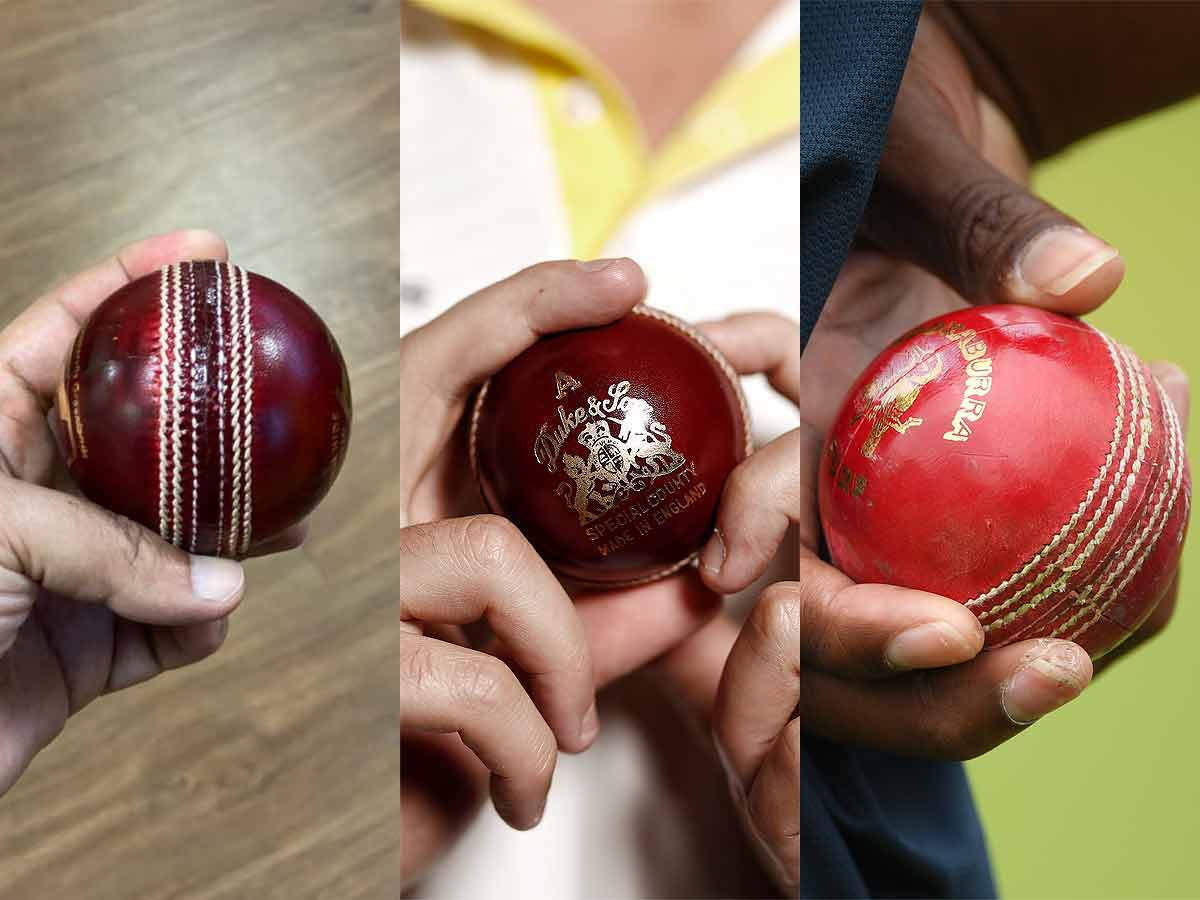Irrespective of the sport, every sportsperson’s performance is majorly derived on the back of their skillset. But, apart from their own capabilities, their equipment, too, play an important role in deriving favourable results. When it comes to cricket, we’ve seen batsmen paying close attention to the kind of willows they intend to use. The wicket-keepers fret over their choice of gloves to do the chores behind the stumps. But, for bowlers, there is not much of an option. The lack of specific guidelines from the International Cricket Council (ICC) has allowed different cricket-playing nations to use different balls. Well, the idea behind using different balls by different nations is pretty simple – to assist the home side.
Kookaburra is Manufactured in Australia and is Used in Matches played in Australia, New Zealand, South Africa,Pakistan, Sri Lanka & Zimbabwe. While Duke Balls are manufactured in England and are used in matches played in UK and West Indies.
Sanspareils Greenlands (SG) balls are manufactured in India and are used in Matches played in India.
Kookaburra balls
Kookaburra was a company established in 1890, and its name comes from its founder AG Thompson’s pet Kookaburra ‘Jacky’. Kookaburra cricket balls are the most widely used balls in international cricket. The main difference of this ball is that it is primarily machine-made, where the two outside rows of the seams are machine-stitched while the two inner rows are hand-stitched. Yet, the ball doesn’t swing as much as the Dukes because the seam is majorly embedded in the cork surface of the ball. The hand stitched inner rows also mean that these hold the two cups of the bowl together, while the outer seams are there to provide grip to the bowlers. As a result, pronounced seams are missing in Kookaburra balls because machine stitching can only take place when the ball shape is flatter. However, one major drawback of Kookaburra is that it has been known to lose its shine and shape.
Dukes balls
Dukes, as a brand, is older than Kookaburra and SG, having received a Royal patent for cricket balls in 1775. This ball is often called “red cherry”. Dukes balls boast of a higher swing than the Kookaburra, which gives the home team an advantage when it is playing with a team unfamiliar with the ball. Dukes is ideal for seam and swing bowlers operating in English conditions. The wickets in England are slower compared to Australia or South Africa, so medium-pacers tend to be more productive with it than express pacers who enjoy bowling with the Kookaburra. Line and length bowlers do well with the Dukes because the ball will do a lot in the air and James Anderson is the prime example for this.
As far as the manufacturing process goes, it’s (fairly) straightforward, to understand at least. However, the art of making a Dukes ball requires a high degree of skill and time. On average, it takes around 3.5 hours of human labour to produce just one ball. The most important aspect of a cricket ball and one that sets Dukes apart from any other manufacturer in the world, is the leather applied to the exterior. Dukes balls have the reputation of being the most durable due to the thickness of specially imported leather (compressed to around 4mm thick). Four pieces of the leather – 1/4 of a sphere each are carefully hand-stitched together to form the outer layer of the ball. The white seam that holds the ball together runs around the circumference of the ball is conducted entirely done by hand. The difference to other manufacturers is that thread is wound around the ball six times, making the seam more pronounced. A more pronounced seam makes it more likely the ball with deviate off the off the surface, assisting the bowlers.
SG Balls
Sanspareils Greenlands(SG), a cricket equipment manufacturer in India, came into existence when two brothers Kedarnath and Dwarakanath Anand established Sanspareils Co in Sialkot in 1931. But, today, they are famous for their bats and cricket balls. Hand-crafted to perfection, the SG cricket balls have a more prominent seam which is closer together than its competitors, resulting from the thicker thread used for stitching. These hand-made balls are stitched with a prominent seam that has threads which have been stitched closer than the Kookaburra balls. The thread used to stitch the seam is much thicker than the other balls.
However, these balls have come across criticism in recent years from players like Ravichandran Ashwin and Virat Kohli who pointed to how fast the seam of the SG ball had deteriorated in just a few overs and how the ball had gone soft very fast. Based on players’ feedback, SG introduced a new ball for the 2021 England Tour of India. Apart from being a darker shade of red, the new ball has an even more pronounced and raised seam and the hardness of the cork on the inside of the ball has also been increased. These changes were so that the bowlers would get better grip and for the ball’s seam to last longer. However, the ball is still proving problematic as per Ashwin, so it remains to be seen what the future holds for SG balls
In the World Test Championship(WTC) Final, ICC has decided to use BSI Grade 1 Duke Balls. These balls are being used in Test cricket and county cricket in England since 2012.
- Paramdeep Rathee
